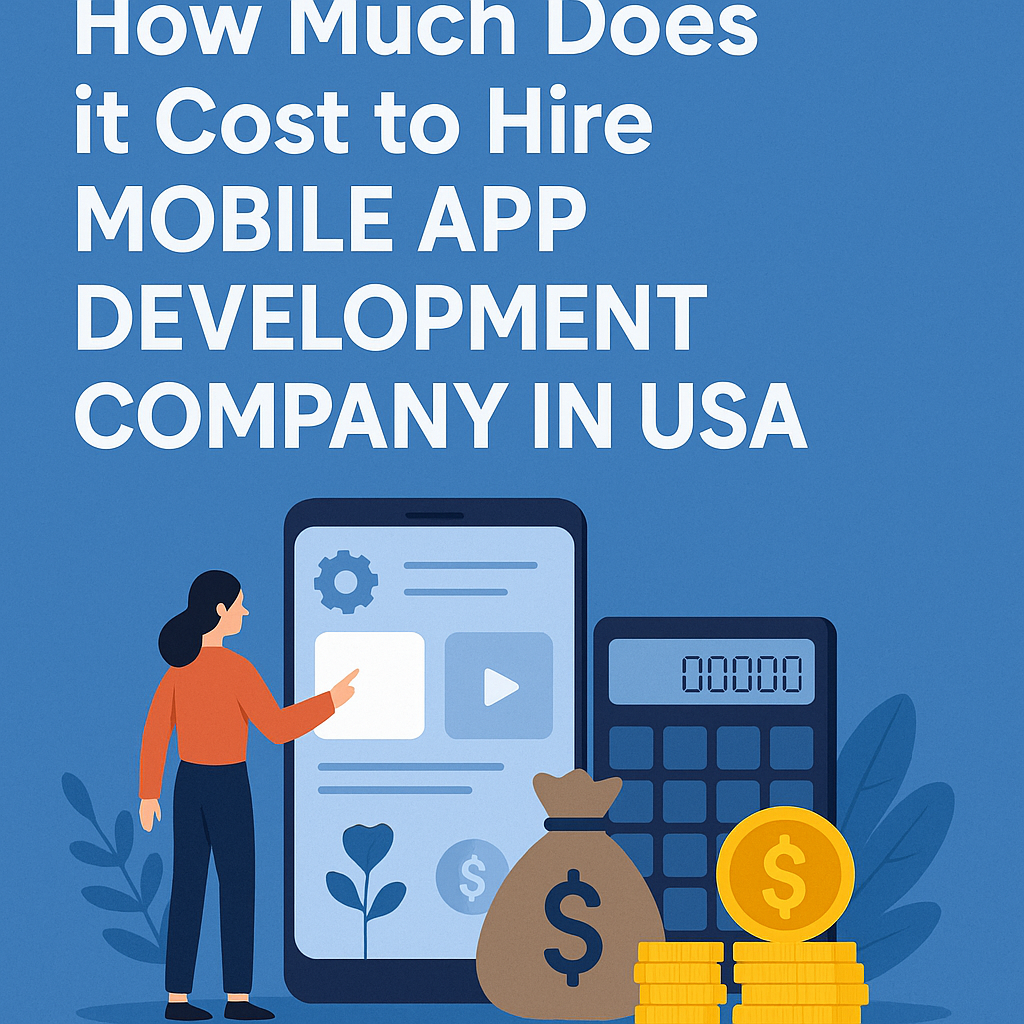Why Entrepreneurs Choose Uber Clone Scripts for On-Demand Taxi App Development

Strong 8k brings an ultra-HD IPTV experience to your living room and your pocket.
As the ride-hailing industry accelerates in 2025, entrepreneurs are increasingly turning to Uber clone scripts to launch competitive on-demand taxi apps. The clone script model offers a powerful shortcut for startups seeking to avoid the cost and time required to build an app from scratch. But what exactly makes Uber clone scripts so appealing? This article explores the top reasons behind their popularity, the benefits they bring to the table, and how they’re reshaping the future of on-demand mobility businesses.
✍️ Looking to save costs while reaching a wider audience? Discover the pros and cons of cross-platform app development and see why startups and enterprises are adopting Flutter and React Native.
What Is an Uber Clone Script?
An Uber clone script is a ready-made software solution that replicates the core functionality of the Uber app—allowing entrepreneurs to customize, rebrand, and launch their own ride-hailing service quickly. These scripts typically come with features like real-time ride tracking, fare calculation, driver management, payment integration, and user-friendly interfaces for both drivers and riders.
By using a clone script, businesses skip the foundational development process and instead focus on customization, market adaptation, and branding.
Why Entrepreneurs Prefer Uber Clone Scripts in 2025
1. Faster Time to Market
Speed is everything in today’s competitive digital landscape. With a clone script, startups can bypass lengthy app development cycles—cutting down months of coding and testing. Most Uber clone apps can be launched in just a few weeks, giving entrepreneurs a major advantage in seizing local or niche market opportunities before competitors.
2. Cost-Effective Development
Custom app development from the ground up can cost upwards of $50,000–$100,000 or more. In contrast, Uber clone scripts offer a significantly lower investment—usually under $20,000—making it ideal for startups working with limited budgets. The pre-built framework includes core features, minimizing the need for extensive backend and frontend development.
3. Proven Business Model
Uber's ride-hailing model has been tried, tested, and optimized globally. Entrepreneurs adopting an Uber clone script benefit from this proven business logic, giving them a strong starting point. The script’s reliability, feature set, and user experience are already market-validated, reducing the risks often associated with new app ideas.
4. Full Customization and Scalability
While Uber clone scripts are based on Uber’s original structure, they are fully customizable. Entrepreneurs can modify the design, add new features, integrate region-specific payment methods, and localize the platform to suit their target market. The architecture is scalable, allowing businesses to expand their services as demand grows—whether regionally or internationally.
5. Ready-to-Use Admin Panel
Most Uber clone solutions come with a powerful admin dashboard that enables full control over the operations—driver onboarding, trip analytics, fare setup, user management, and promotions. This empowers startups to manage their business without needing a large operations team or constant developer support.
Key Benefits for Startups
- Minimal Technical Barriers: Clone scripts allow non-technical founders to launch an app-based business without in-depth coding skills.
- Quick Monetization: With features like surge pricing, referral programs, and in-app ads, revenue generation starts almost immediately after launch.
- Improved User Experience: The UI/UX of clone apps is usually modeled after Uber’s highly optimized interface, which users are already familiar with.
- Easier Maintenance: With ongoing updates and technical support provided by script providers, entrepreneurs can focus on growth rather than maintenance issues.
Read More: Roaming Around the Streets: Discover Top 10 Taxi Booking Apps in South Africa
Must-Have Features in an Uber Clone App
To compete in the modern ride-hailing market, your Uber clone app should include the following:
Rider App
- Ride booking (real-time or scheduled)
- GPS tracking and ETA
- Fare estimation
- Payment gateway (wallet, card, UPI)
- In-app chat and emergency SOS
- Rating & review system
Driver App
- Trip requests and navigation
- Earnings dashboard
- Availability toggle
- In-app chat with rider
- Ride history and reviews
Admin Panel
- Real-time trip monitoring
- Driver/rider management
- Commission setup
- Dispute resolution
- Promotional codes and offers
- Detailed reporting & analytics
Trends Shaping Uber Clone App Development in 2025
- AI-Powered Dispatching: Smarter route allocation using AI to improve driver utilization and reduce wait times.
- Electric Vehicle Integration: Many apps are adding EV-compatible ride options for sustainable travel.
- Voice-Enabled Interfaces: Hands-free booking via voice assistants enhances usability.
- Micro-Mobility Options: Adding support for bikes, scooters, or auto-rickshaws to widen the service offering.
- Subscription Models: Flat-rate monthly plans for frequent riders are gaining traction.
Monetization Strategies for Uber Clone Apps
- Commission per Ride: Take a percentage from each completed trip.
- Driver Subscription Plans: Fixed weekly/monthly fees for drivers to use the platform.
- Surge Pricing: Higher fare rates during peak hours.
- In-App Ads: Display ads from local businesses or brand partners.
- Premium Services: Offer luxury cars or priority booking for additional charges.
Things to Consider Before Launching
- Local Regulations: Ensure your app complies with regional transport laws.
- Payment Integration: Choose payment gateways trusted by your local user base.
- Marketing Strategy: Plan pre-launch promotions and local campaigns to attract early adopters.
- Technical Support: Choose a script provider that offers reliable after-sales support and updates.
- User Feedback Loop: Build a feedback mechanism into your app to continuously improve user experience.
FAQs
1. Why is an Uber clone script better than building an app from scratch?
It saves time, reduces development costs, and offers a ready-to-use framework modeled on a proven ride-hailing system.
2. Can I customize the Uber clone app for my country or region?
Yes, most clone scripts are 100% customizable to suit local languages, currencies, regulations, and user preferences.
3. How long does it take to launch an app using a clone script?
With minimal changes, you can launch within 2–3 weeks. More customization may take 4–6 weeks.
4. Is it legal to use an Uber clone script?
Yes, as long as you’re not copying Uber’s brand or trademarks. Clone scripts replicate functionality, not branding.
5. Do I need to hire developers for maintaining the clone app?
Not necessarily. Most script providers offer ongoing support and updates. However, having a small technical team helps as you scale.
Conclusion
For startups looking to enter the on-demand mobility space, Uber clone scripts offer a strategic shortcut to success. With lower development costs, faster launch times, and a battle-tested business model, these scripts empower entrepreneurs to compete in regional or global ride-hailing markets with confidence. By partnering with experienced on demand app development services, you can ensure your app is robust, scalable, and tailored to your market’s needs—setting the foundation for long-term growth in 2025 and beyond.
Note: IndiBlogHub features both user-submitted and editorial content. We do not verify third-party contributions. Read our Disclaimer and Privacy Policyfor details.







